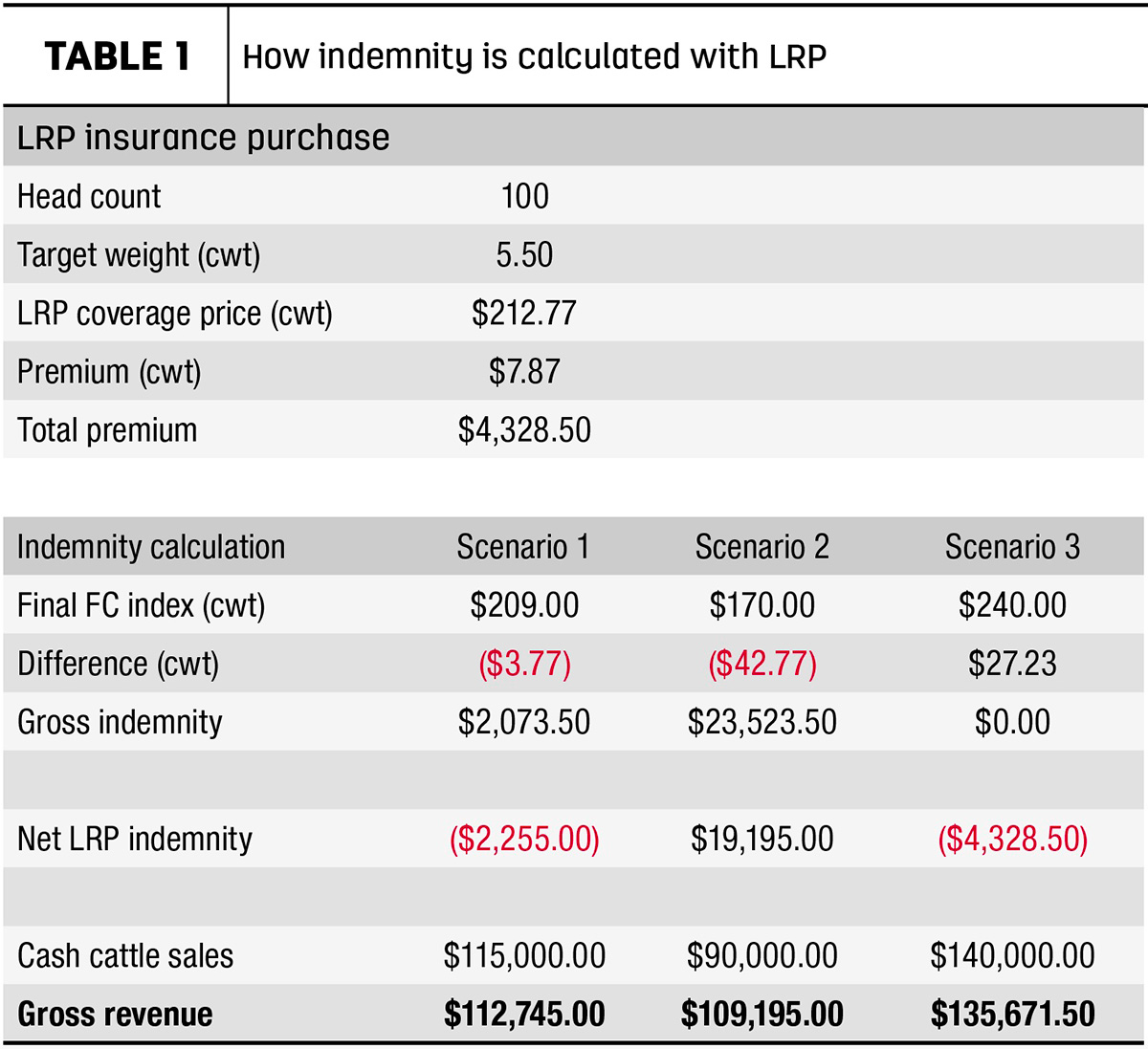Proactive Security: Bagley Risk Management Methods
Proactive Security: Bagley Risk Management Methods
Blog Article
Understanding Livestock Risk Defense (LRP) Insurance: A Comprehensive Guide
Browsing the world of livestock danger protection (LRP) insurance policy can be an intricate venture for lots of in the agricultural field. From how LRP insurance policy functions to the numerous coverage alternatives offered, there is much to discover in this comprehensive overview that can potentially shape the way animals producers approach threat monitoring in their organizations.

Just How LRP Insurance Works
Occasionally, comprehending the technicians of Animals Risk Protection (LRP) insurance can be complex, however damaging down exactly how it works can provide clearness for ranchers and farmers. LRP insurance is a threat administration tool made to protect animals manufacturers versus unforeseen rate decreases. The plan enables producers to establish a protection degree based upon their details needs, choosing the variety of head, weight array, and insurance coverage price. Once the policy remains in area, if market value drop below the insurance coverage price, producers can sue for the distinction. It is essential to note that LRP insurance policy is not an income warranty; rather, it concentrates solely on cost danger protection. The protection period typically ranges from 13 to 52 weeks, giving flexibility for producers to select a period that straightens with their production cycle. By utilizing LRP insurance policy, farmers and ranchers can minimize the financial risks connected with varying market prices, guaranteeing better security in their procedures.
Eligibility and Insurance Coverage Options

When it comes to insurance coverage alternatives, LRP insurance coverage offers manufacturers the versatility to choose the insurance coverage level, coverage duration, and endorsements that ideal fit their threat administration needs. Protection levels usually vary from 70% to 100% of the expected finishing worth of the insured livestock. Manufacturers can additionally choose insurance coverage durations that straighten with their production cycle, whether they are insuring feeder livestock, fed cattle, swine, or lamb. Recommendations such as rate threat security can better personalize protection to secure against negative market changes. By comprehending the eligibility requirements and protection options offered, livestock producers can make educated decisions to manage danger effectively.
Advantages And Disadvantages of LRP Insurance Policy
When evaluating Animals Risk Protection (LRP) insurance policy, it is essential for livestock manufacturers to weigh the advantages and disadvantages intrinsic in this danger management tool.

One of the key advantages of LRP insurance policy is its ability to offer defense versus a decline in livestock costs. In addition, LRP insurance coverage uses a level of flexibility, enabling producers to personalize coverage levels and policy durations to suit their certain demands.
One limitation of LRP insurance policy is that it does not safeguard versus all types of threats, such as illness episodes or all-natural calamities. It is critical for producers to carefully analyze their individual threat exposure and economic situation to establish if LRP insurance coverage is the appropriate risk administration device for their operation.
Comprehending LRP Insurance Policy Premiums

Tips for Making Best Use Of LRP Advantages
Making best use of the benefits of Livestock Risk Security (LRP) insurance policy calls for critical planning and positive danger monitoring - Bagley Risk Management. To take advantage of your LRP protection, take into consideration the adhering to tips:
On A Regular Basis Analyze Market Problems: Stay notified regarding market patterns and cost variations in the animals sector. By keeping an eye on these factors, you can make informed choices about when to purchase LRP protection to protect against prospective losses.
Set Realistic Coverage Degrees: When selecting insurance coverage levels, consider your production expenses, market value of animals, and potential threats - Bagley Risk Management. Establishing reasonable insurance coverage degrees makes sure that you are sufficiently safeguarded without overpaying for unnecessary insurance
Expand Your Protection: Rather than counting solely on LRP insurance, think about diversifying your risk monitoring approaches. Incorporating LRP with other risk monitoring devices such as futures contracts or options can offer detailed protection against market unpredictabilities.
Evaluation and Adjust Insurance Coverage On a regular basis: As market conditions transform, regularly evaluate your LRP insurance coverage to ensure it straightens with your present risk direct exposure. Changing coverage degrees and timing of purchases can aid maximize your risk protection technique. By adhering to these ideas, you can optimize the benefits of LRP insurance coverage and safeguard your animals procedure against unanticipated threats.
Final Thought
Finally, animals risk security (LRP) insurance is an important device for farmers to handle the economic risks connected with their animals operations. By recognizing how LRP functions, qualification and protection options, along with the advantages and disadvantages of this insurance, farmers can make educated why not find out more choices to shield their incomes. By meticulously considering LRP premiums and executing methods to make the most of benefits, farmers can alleviate possible losses and make certain the sustainability of their procedures.
Livestock producers interested in obtaining Livestock Risk Protection (LRP) insurance can check out a variety of eligibility requirements and protection choices customized to their certain animals operations.When it comes to coverage options, LRP insurance supplies producers the flexibility to choose the protection degree, protection period, and recommendations that finest suit their threat management demands.To comprehend the complexities of Livestock Risk Defense (LRP) insurance coverage fully, recognizing the aspects affecting LRP insurance coverage costs is essential. LRP insurance costs are identified by various components, including the insurance coverage level selected, the expected rate of animals at the end of the insurance coverage duration, the type of animals being guaranteed, and the length of the insurance coverage duration.Evaluation and Readjust Insurance Coverage Frequently: As find out this here market conditions change, occasionally review your LRP coverage to guarantee it lines up with your present threat exposure.
Report this page